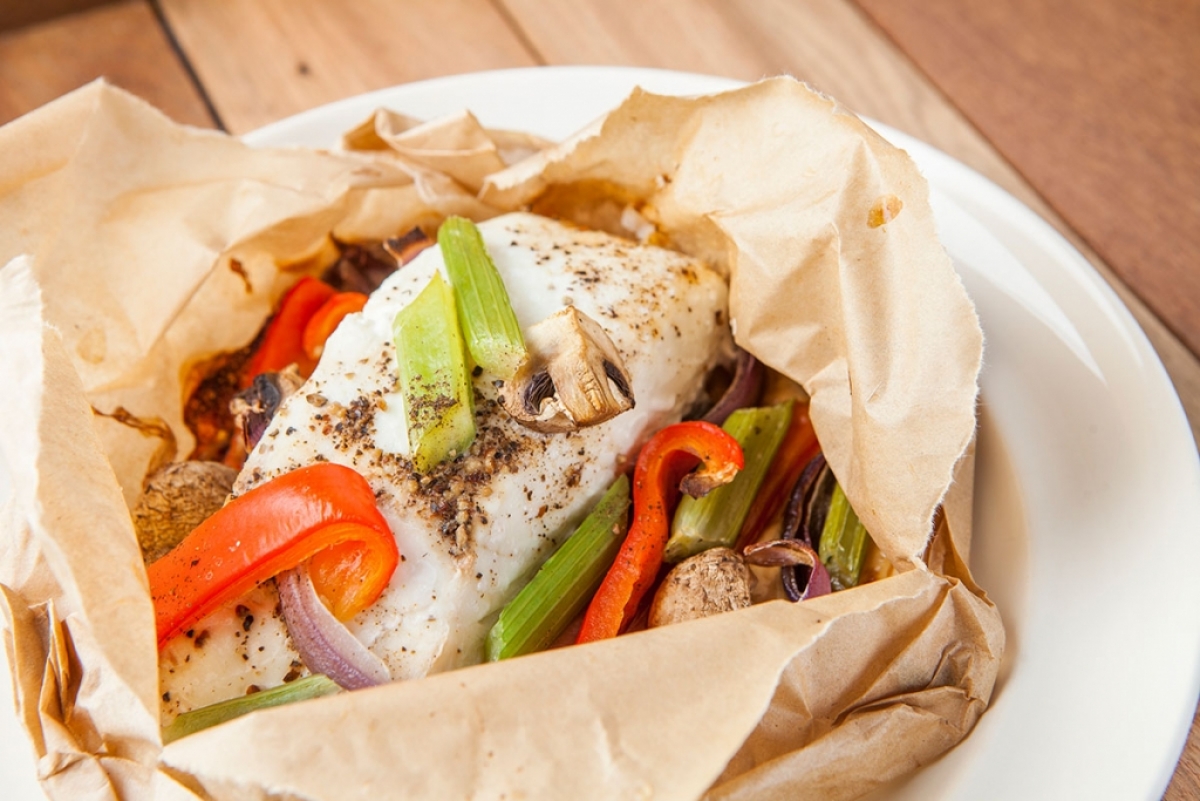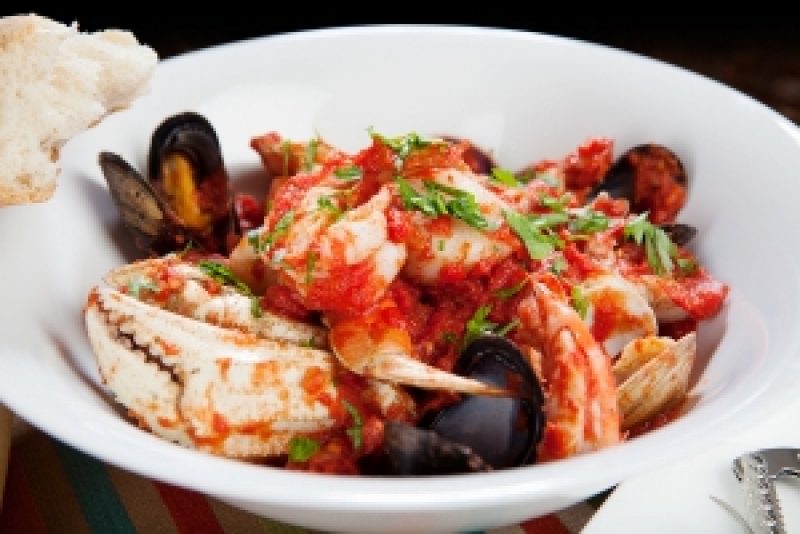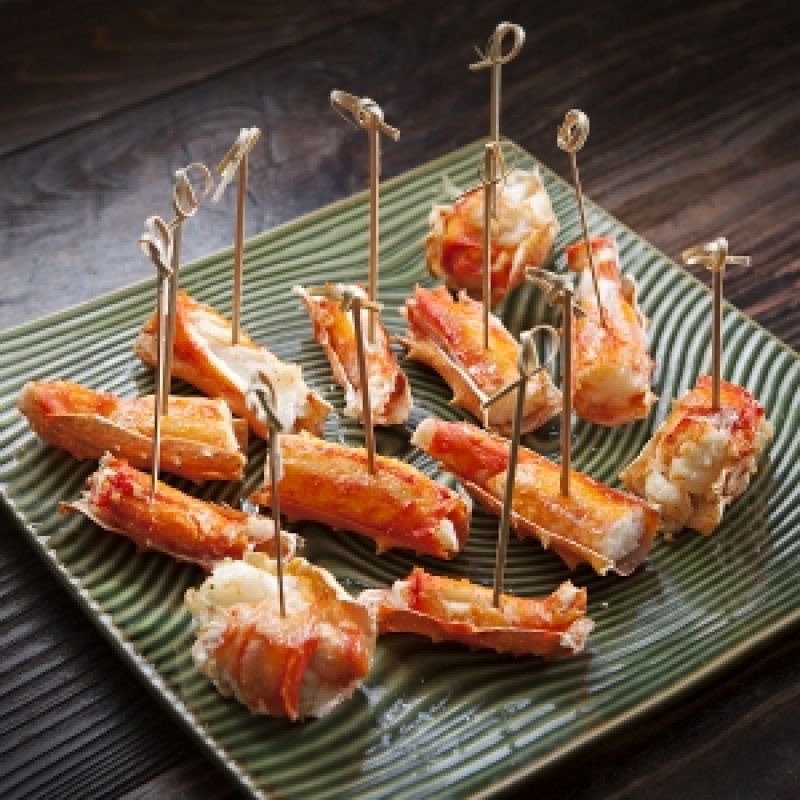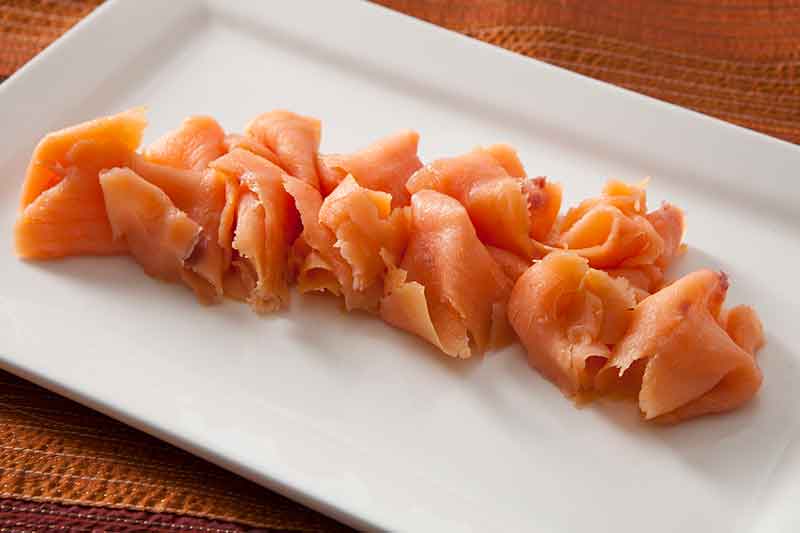Daily Dish the Fork Lift blog

Forever Fish: Cooking with Sustainable Seafood
Health Notes by Dr. Liz
Please note that this is an older article. Any products or services pictured or described may have changed or may no longer be available. Thank you for visiting!
Seafood can be a great addition to a healthy diet, but which fish should you choose? If you’re looking for sustainable options, many varieties fish are not only good for you, but also harvested in ways that are good for the environment!
Check out the health benefits of several types of sustainable seafood, along with great recipes for your next fish dish.
Seafood can be a great addition to a healthy diet, but which fish should you choose? If you’re looking for sustainable options, many varieties fish are not only good for you, but also harvested in ways that are good for the environment!
Check out the health benefits of several types of sustainable seafood, along with great recipes for your next fish dish.
Dungeness Crab: A 3-ounce portion of cooked crab meat supplies 19 grams of protein (about 38% of the Daily Value), 346 mg of omega-3’s (more than some fish) and 30% of needs for zinc and copper, two crucial trace minerals for immune health. While crabmeat does contain cholesterol, this is not shown to elevate circulating levels and heart disease risk.
Ready to eat? Try a classic batch of Cioppino!
King Crab Legs: One crab leg has a lot to offer! With 31 grams of protein (50% of the DV), a staggering 250% of vitamin B12 needs, almost 70% of zinc (a trace mineral that supports immune system health) and much more, one crab leg has quite a kick in just 140 calories.
Ready to eat? Try Roasted Crab Legs with Drawn Butter!
Wild King Salmon: The “king” of seafood, wild-caught salmon from the Pacific is chock-full of powerful nutrients. A 4-ounce fillet supplies over 40% of protein needs and a wealth of B vitamins, including 125% of B12 requirements, which works to maintain healthy nerves and blood cells. Salmon is best known for its rich omega-3 levels, about 100% of needs; these essential fats support heart health and immune system strength.
Ready to eat? Try Fennel-Crusted Salmon with Fennel Orange Slaw!
Farmed Salmon: Farmed-raised salmon depending upon growing conditions, may be higher in fat than wild-caught salmon, but equally as rich in protein. Both varieties provide 40% of protein needs in a 4-ounce fillet, as well as ample B vitamins including B6 which works to support muscle function.
Ready to eat? Try making House-Smoked Salmon!
Halibut: A 4-ounce (before cooking) halibut fillet supplies 24 grams of protein (just about half of your needs) along with 145 milligrams of omega-3 fats. Halibut also supplies a smattering of other vitamins and minerals but not as plentiful as other white fish.
Ready to eat? Try Baked Halibut “En Papillote”!
For more information about sustainable fishing, check out our Daily Dish: Sustainable Fishing 101.



